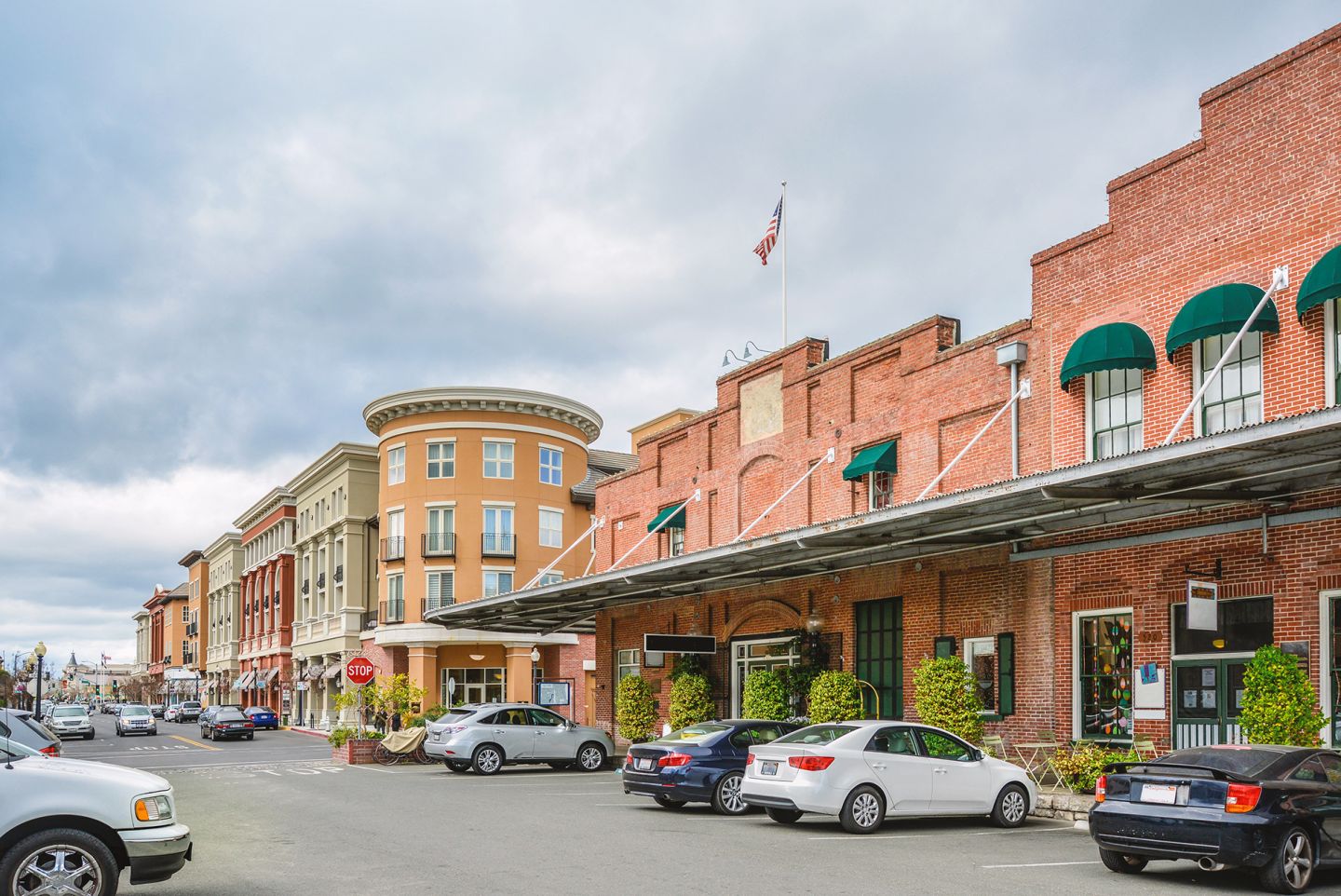By Bill R. Shelton, CEcD
Assembling and preparing sites for retail development has become an accepted practice for communities that desire to compete for retail. Although communities have been assembling sites for industrial and businesses parks for years, assembling sites for retail purposes is relatively new and poses additional and different challenges.
By assembling and preparing sites for retail, the community takes the responsibility from the developer and normally speeds up the development process, but of more importance, the community gains a significant competitive advantage.
But to assemble and prepare retail sites is not without challenges and an element of risk. Selecting sites that have retail potential is an art as well as a science. There are a multitude of intangibles that must be considered when selecting a property. In addition to completing a physical evaluation, there should be a financial due diligence, also. The firm’s sales at the site must support the cost of land, building and equipment or rent, and staffing plus provide an acceptable profit and return on investment. An additional analysis should include any plans the community has for development or improvements that could have an impact, either negative or positive, on the assembled site.
Perhaps the most important difference in assembling sites for retail development versus industrial development is visibility and accessibility. Both sites need accessibility, but for a retail site to be desirable it must have visibility.
What is visibility? Visibility is the ability to see a site, a sign or a building in order to access the property when traveling in one or more directions.
To quantify visibility, a number of factors must be taken into consideration. For signs, the size, height and readability impact their effectiveness. For both signs and sites other factors that affect visibility are speed limits, number of lanes, traffic volume and natural features such as hills. One “rule of thumb” says visibility must be a minimum of 400 feet.
The community may want to seek professional assistance from commercial real estate firms or experienced investors to conduct a good acquisition analysis or third-party evaluation. Both are critical to mitigating risks and providing the confidence to continue the assembly process.
The community’s goal is to acquire title or options for the assembled site and to be able to transfer title or options to a developer. Other goals are:
- Sites ready to sell or be leased and convey title
- Site immediately ready for construction with all title and no issues such as easements or right-of-way holding up issuing permits
- Market-ready sites fully served by utilities and transportation infrastructure approved for immediate construction
Marion, Indiana is the poster city for successfully assembling and preparing sites for retail development. Using Tax Increment Financing (TIFs), Marion, a community population of 36,000, assembled three sites that attracted three different shopping centers or mixed-use developments to the community and stopped the retail leakage going to two nearby metro communities.
Ultimately, the community that assembles and prepares sites for retail development can take properties that are underutilized and translate them into productive assets that benefit the community’s economy as well improve the quality of life of the citizens.


